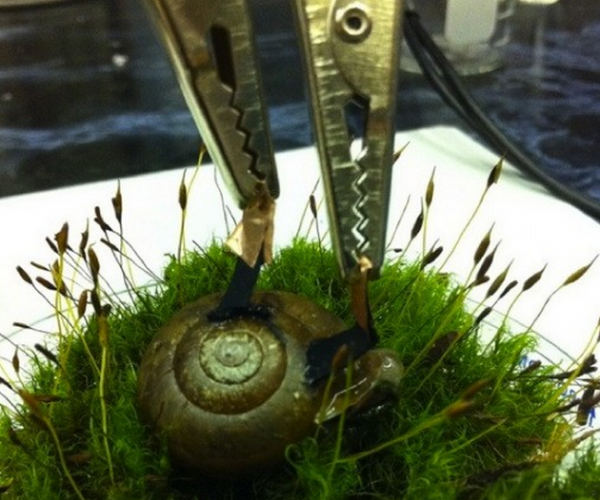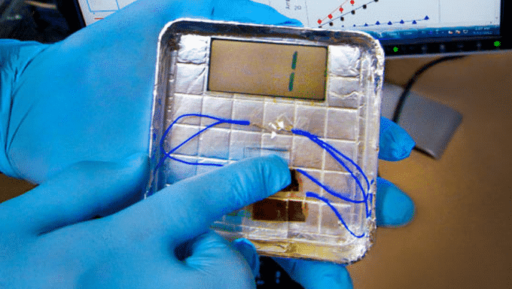An animal powered battery may allow for tracking or information-collecting devices to last much longer without including a bulky battery. It might be possible that we could use this power for implanted medical devices in humans. However, after the success of implantation a bio-fuel cell into a living snail that can generate electricity from the glucose in its bloodstream, few scientists are desperately working on batteries that can be powered by different animal’s natural metabolic processes.
A team from Clarkson University, New York and Ben-Gurion University, Israel has implanted a bio-fuel cell into a living snail. It was totally able to produce electricity from the glucose in its bloodstream. As soon as the cell electrodes are hooked up to an external circuit, it produces 0.16-7.45 microwatts of power. In simple word, they turned a snail into a cybernetic power generator. A watch battery was established for understanding the battery power capacity of both around 1 microwatt. Professor Evgeny Katz led the whole research.
“Our snail was living for a few months with the implanted electrodes, eating, drinking, moving, etc.,” Katz said. “The snail was fixed for a few minutes to make the electrical measurements and then it was released again to move. In the future setup the implanted bioelectrodes will be connected to a microelectronic device (sensing and wireless transmitting) fixed at the snail body, and the snail will be released to move as much as it wants.”
The other researchers were inspired by this research. Researchers from other universities started researching in the past few months and they successfully implanted bio-fuel cells in insects. The fact is, the lifespan of these creatures are very limited. They could remain alive(recharged) for a couple of weeks. On the contrary, the snail was able to generate steady power for several months. While generating the power by snail, a problem occurs. 45 minutes later, the electricity production dropped off by about 80%. The researchers are trying to solve this problem. Either they are going to find a way to generate more power or to store the generated power for future use.
Source : JACS, Nature
Image Credit : The American Chemical Society
[ttjad]




